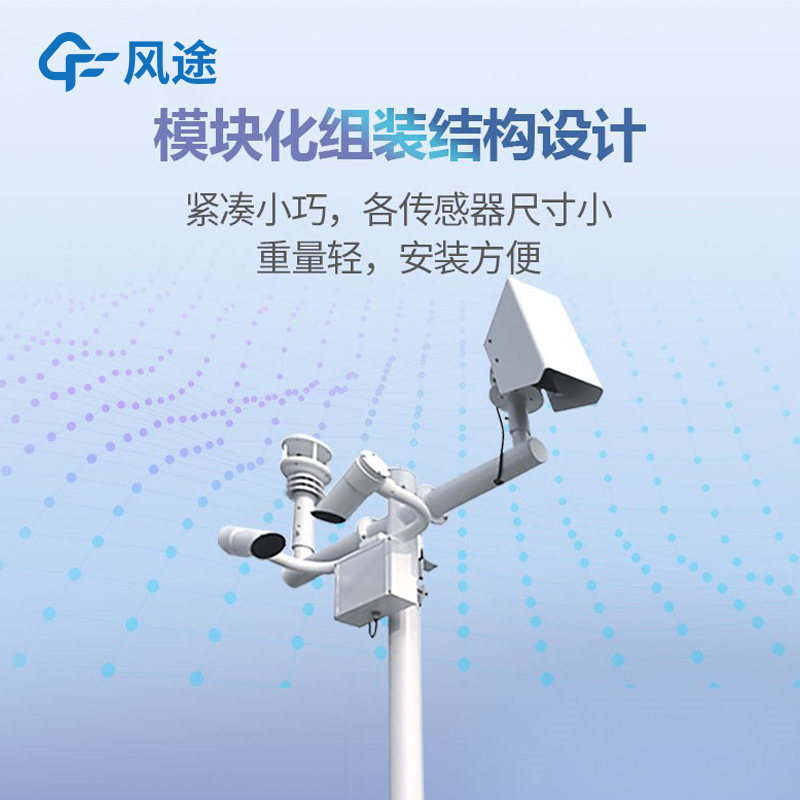Meteorological environment monitoring equipment supplier
Insist on doing high-precision customer favorite technology products
Rain and snow can make road surfaces slippery, and low temperatures can cause the ground to freeze. These factors seriously affect driving safety. Therefore, timely and accurate traffic meteorological monitoring services are crucial for ensuring the safety of public travel.
Currently, the distribution of professional traffic meteorological observation stations in many regions is uneven, and their monitoring capabilities for high-impact weather such as dense fog, sudden fog, and road icing still cannot meet actual needs. There is an urgent need to increase the number and density of stations. Under such circumstances, Road Weather Sensors have emerged. Different from traditional traffic meteorological monitoring equipment, they not only meet the technical requirements and specifications of highway traffic engineering construction but also achieve a high degree of integration of multi-element sensors and related electrical components. Each internal sensor component can be directly connected to a micro-control unit to complete data sampling, processing, and uploading. This helps traffic departments better supervise the road environment and build a digital defense line for urban safety.
The working principle of Road Weather Sensors lies in the integrated application of embedded technology, optical technology, digital electronic technology, etc., to various sensors from structure to system composition. They can simultaneously monitor air temperature, relative humidity, wind speed, wind direction, rainfall, road surface conditions (dry, damp, wet, snowy, icy, ice-water mixture, etc.), road surface temperature, visibility, and more. The device adopts a micro-control unit, integrating multiple sensors and multiple communication methods on the underlying circuit board. It is a new generation of traffic meteorological monitoring equipment specially designed for highway traffic application scenarios.
Road Weather Sensors have many advantages. They are small in size and light in weight, with an overall power consumption of less than 6W. They integrate various high-precision sensors and can monitor multiple meteorological elements, atmospheric visibility, road surface temperature, road surface status (dry, damp, wet, waterlogged, icy, snowy), water accumulation thickness, ice thickness, snow thickness, and slipperiness 24 hours a day. They can also add solar radiation, PM2.5, PM10, noise, etc., as needed, and support customization. The supporting environmental monitoring cloud platform has functions such as data viewing, over-limit early warning, data storage/export, etc., providing important references for highway traffic, construction operations, disaster prevention, and more. In terms of power supply, they support municipal electricity and solar energy, and can be used by simply plugging in. In terms of transmission, they support wired and wireless methods, and can transmit real-time and stored measurement results to data terminals through data buses. In addition, wind direction measurement can automatically orient to the north, unaffected by the installation orientation. There is no need to build special foundation poles; they can be installed using existing facilities such as lamp posts, monitoring poles, and gantries beside highways, minimizing the additional costs of transportation, installation, and maintenance for highway traffic meteorological stations.
Road Weather Sensors adopt spray-painted surface treatment, which can effectively cope with cold environments and ensure that the sensors continuously and clearly monitor data. They are made of corrosion-resistant materials, so even in continuous rainy weather, the equipment can remain free from rust and peeling, work stably, and protect the safety of internal components.
